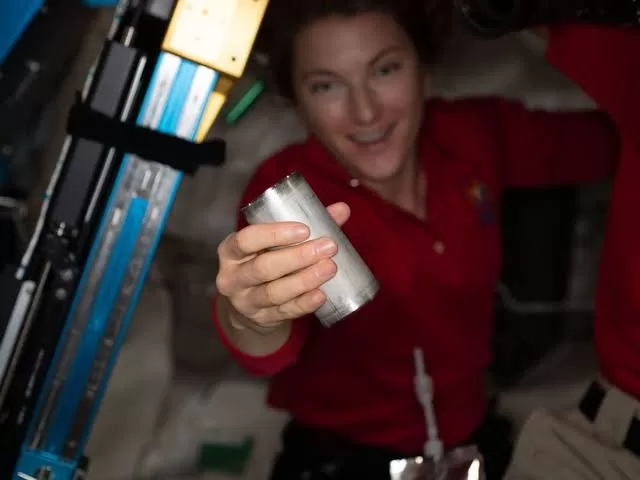NASA Recycles Water on the ISS The system, called the Water Recovery System (WRS), uses a variety of processes to purify wastewater, including:
- Filtration: The first step is to remove large particles and debris from the wastewater. This is done using a series of filters.
- Reverse osmosis: This process uses pressure to force the water through a semi-permeable membrane, which removes dissolved salts and other impurities.
- Ion exchange: This process uses resins to remove specific ions from the water, such as calcium and magnesium.
- Ultraviolet disinfection: This process uses ultraviolet light to kill any bacteria or viruses that may be present in the water.
The purified water is then stored in tanks and can be used for drinking, cooking, and bathing. The WRS has been in operation on the ISS since 2008 and has been a critical part of the station’s life support system. It has allowed astronauts to recycle wastewater and reduce their reliance on supplies from Earth.
In 2021, NASA engineers achieved a new milestone with the WRS by extracting even more water from urine brine, which is produced by the urine purification system. This means that the WRS is now able to convert 98% of waste water into drinkable water. This is a major breakthrough for future deep space missions, which will need to be able to recycle water in order to be sustainable.
The WRS is a marvel of engineering and a testament to the ingenuity of NASA scientists and engineers. It is a critical part of the ISS’s life support system and will play an important role in future deep space missions.

